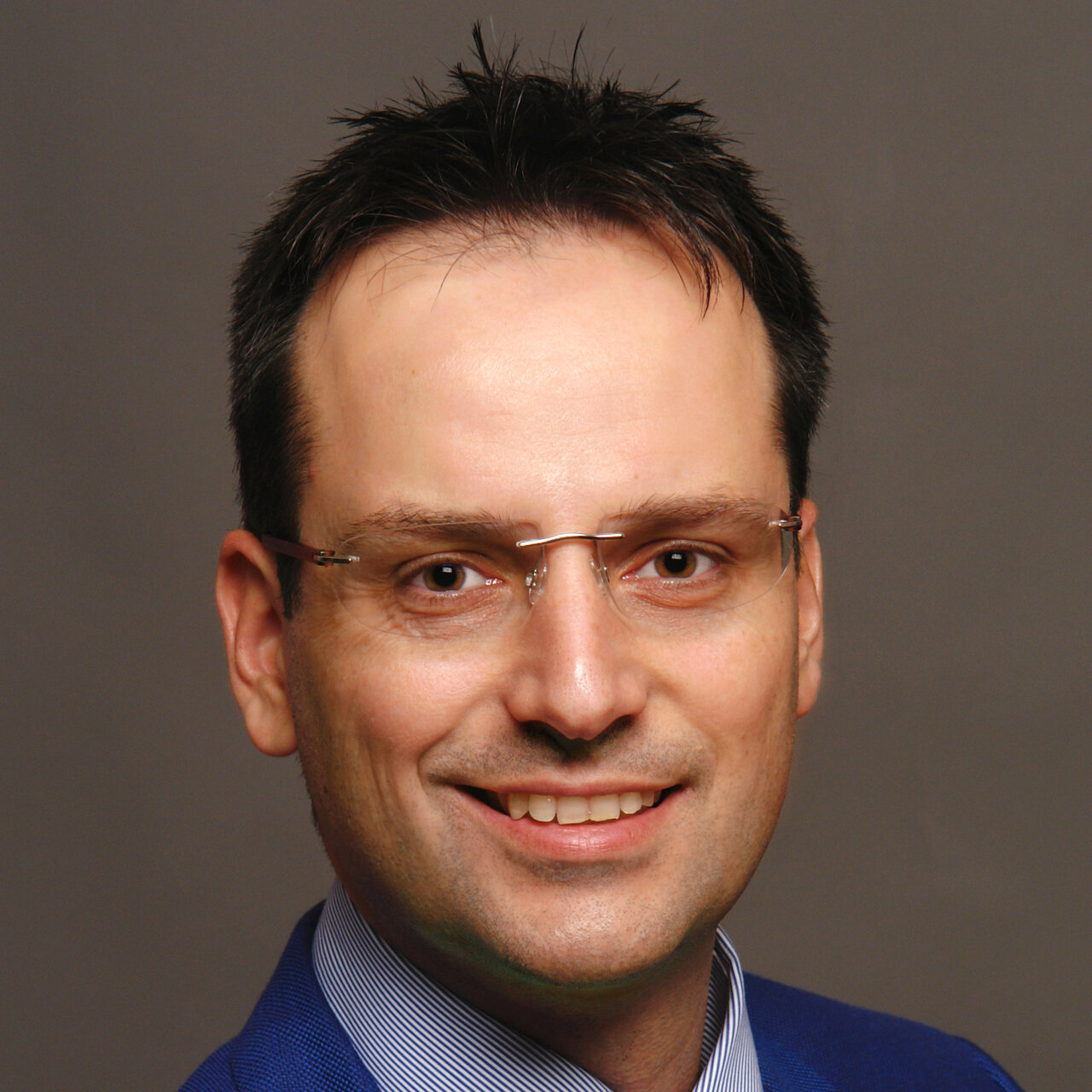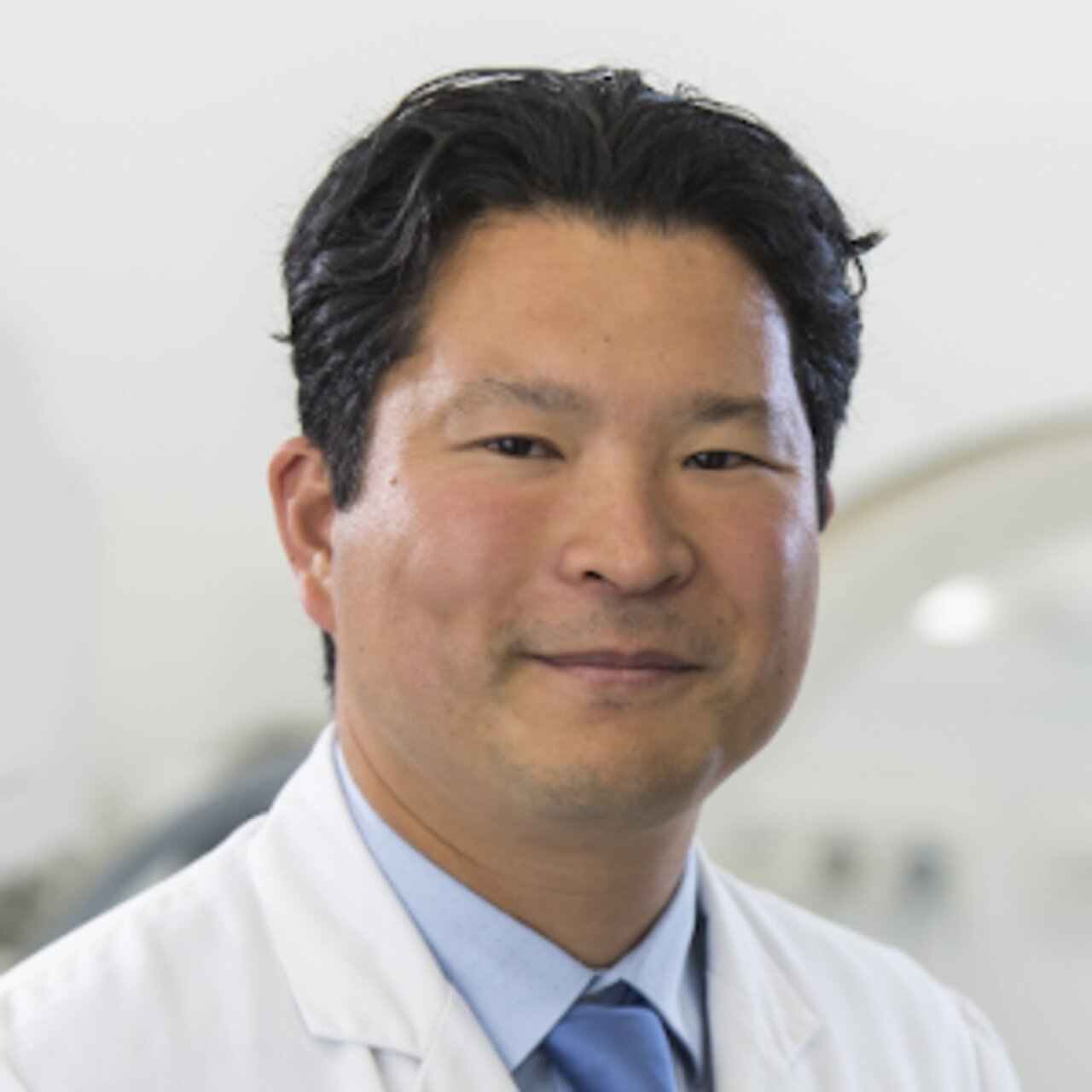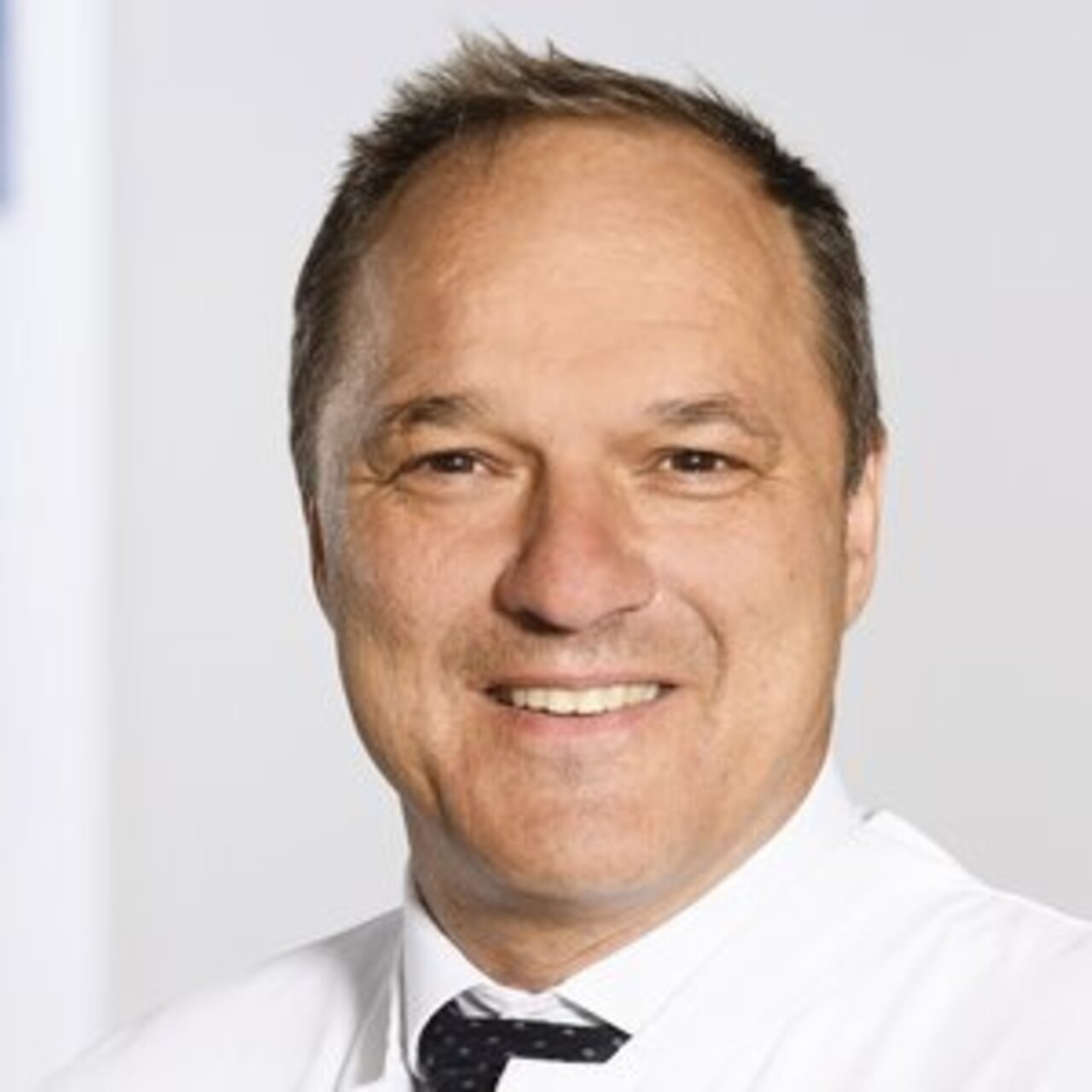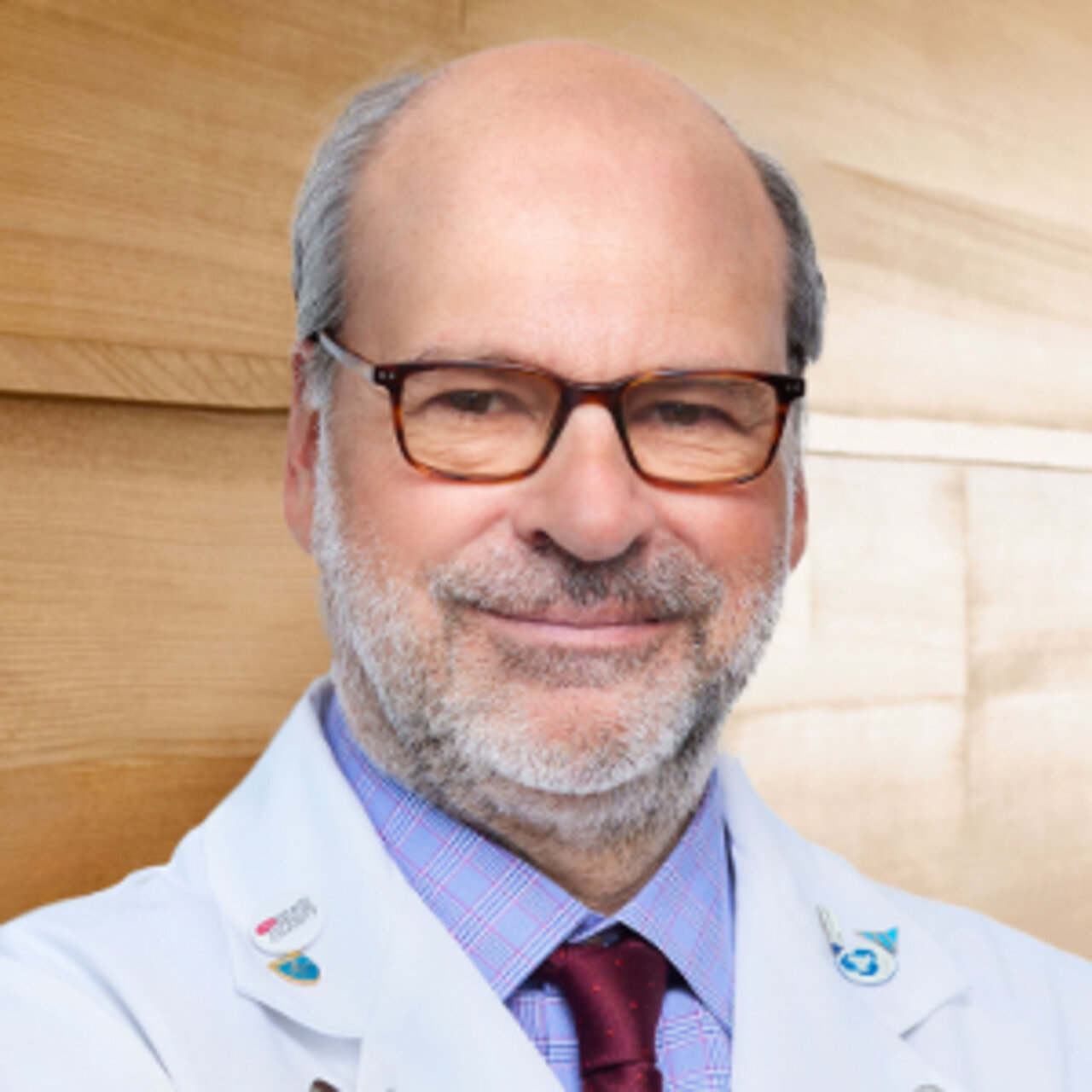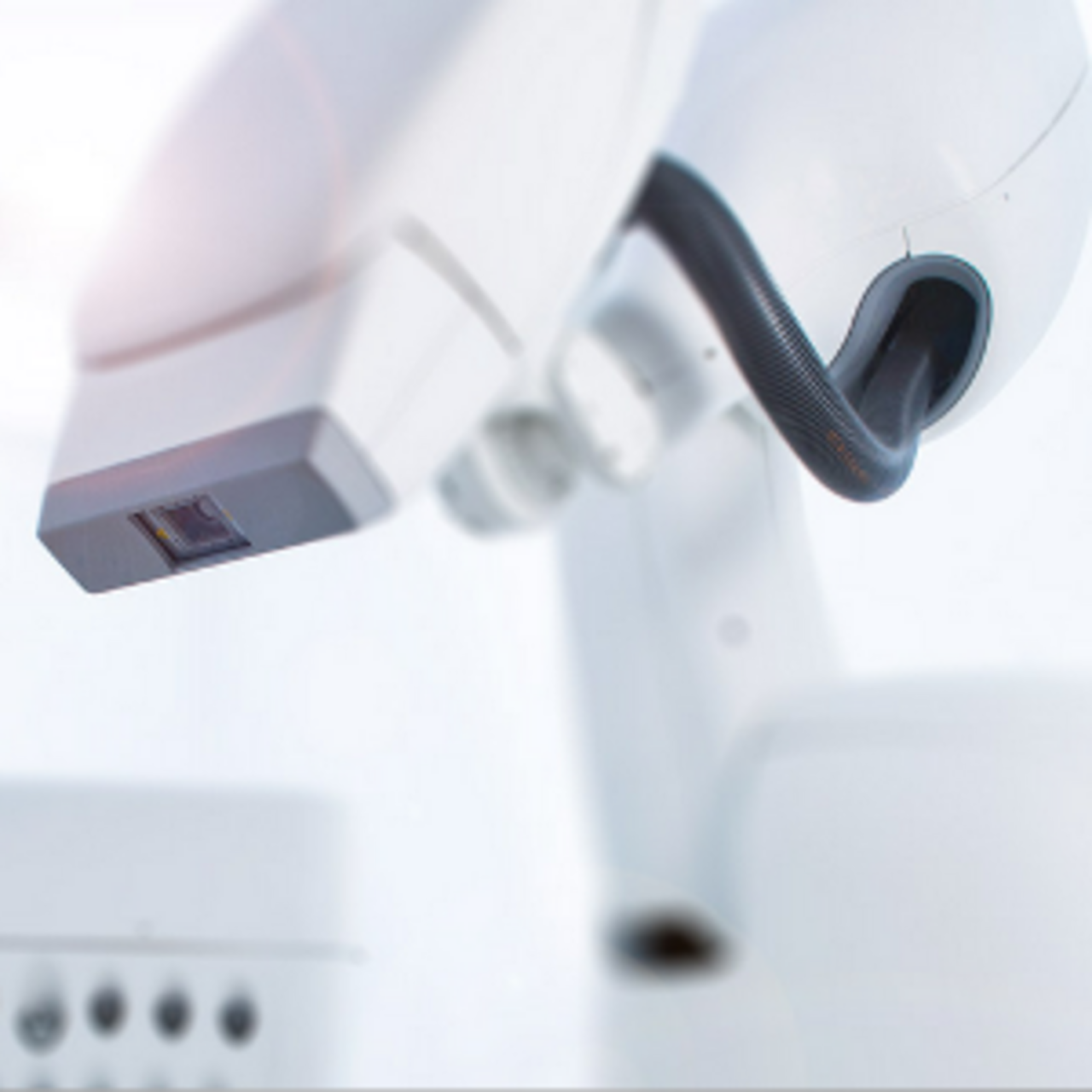Specialists in Neurinomas
21 Specialists found
Radiological Alliance – Interdisciplinary Center for Radiosurgery
Radiation Therapy / Gamma Knife
Hamburg
Information About the Field of Neurinomas
What Is a Neurinoma?
Neurinomas are benign and slow-growing tumors. They occur in the peripheral nervous system. The peripheral nervous system includes the spinal nerves, which proceed from the spinal cord in the spine, and cranial nerves. Neurinomas originate from the Schwann cells that surround the nerve cells. Neurinomas occur very rarely; there is one affected person in every 100,000 Germans. Most often, neurinoma affects people between the ages of 30 and 50.
Where Can Neurinomas Occur?
Neurinomas can occur anywhere where nerves of the peripheral nervous system are located. The most common locations are the head and neck region and the arms and legs' extensor sides. In the head region, the 8th cranial nerve, the auditory nerve, is often affected. This is called acoustic neuroma because the auditory nerve is also called the acoustic nerve.
What Are the Causes of Neurinomas (Schwannomas)?
Neurinomas can occur in clusters in certain diseases. These include neurofibromatosis type 1 and type 2. Exposure to radiation or chemical toxins could also favor development.
Neurinoma Therapy - Surgery or Radiation
Surgical removal of neurinoma is the treatment of choice. The goal is to cut the nerve fiber from which the neurinoma originates. The nerve function can be preserved entirely in most cases by careful exposure of the nerve during surgery and precision work by the surgeon. Recurrence, also called relapse, is very rare in schwannomas.
For patients who cannot undergo surgery, local radiation of the diseased nerve through radiosurgery may be a treatment option. Radiation is performed in a single outpatient setting.
Risks and Chances of Cure
Neurinomas are benign tumors. They grow slowly and usually do not develop metastases. In less than 1% of the cases, neurinoma develops into malignant neurofibrosarcoma. The prognosis depends on the size and localization. Residual surgical removal of the neurinoma is also a favorable prognostic factor. The overall chances of cure are very good with early detection and early therapy.
Rehab and Aftercare
After treatment, continuous follow-up is essential., which includes regular visits to the radiologist, who takes images to monitor the success of the treatment. If the tumor has damaged neighboring tissue due to its growth, the patient may still have symptoms after treatment. These include sensory disturbances, speech disorders, and dizziness. In close cooperation with physiotherapists, speech therapists, and occupational therapists, good life quality can be achieved. For the psychological processing of the tumor disease, the exchange with other patients can be helpful.
Which Doctors and Clinics Are Specialized in Neurinoma Treatment?
Neurinomas are first treated by physicians who find the tumor based on symptoms. If an acoustic neuroma manifests as dizziness, an ENT specialist is a right contact. Surgical tumor removal is performed either by the neurosurgeon or the specialist responsible for the affected body part, depending on the location. If radiation therapy becomes necessary, a radiation therapist may be consulted. Since neurinomas are rare, the treatment should take place in an experienced therapy center or university hospital.
We will help you find an expert for your disease. All listed physicians and clinics have been reviewed by us for their outstanding specialization in t neurinomas and are awaiting your inquiry or treatment request.
Sources:
Mumenthaler, Mattle: Neurologie. 12. Auflage Thieme 2008, ISBN: 978-3-133-80012-9.
Masuhr, Neumann: Duale Reihe Neurologie. 6. Auflage Thieme 2007, ISBN: 978-3-131-35946-9.
Wannemacher et al. (Hrsg.): Strahlentherapie. 2. Auflage Springer 2013, ISBN: 3-540-88304-5.
Berlit: Klinische Neurologie. 3. Auflage Springer 2011, ISBN: 978-3-642-16920-5.
Schwenzer, Ehrenfeld: Mund-Kiefer-Gesichtschirurgie. 4. Auflage Thieme 2010, ISBN: 978-3-131-63084-1.
Schlegel: Neuroonkologie. Thieme 2003, ISBN: 978-3-131-09062-1.
Huck: Gehirn, Nervensystem und Schmerz. facultas.wuv / maudrich 2010, ISBN: 978-3-708-90538-9.
Mumenthaler et al.: Läsionen peripherer Nerven und radikuläre Syndrome. 10. Auflage Thieme 2014, ISBN: 978-3-131-57710-8.
Rummeny: Ganzkörper-MR-Tomographie. Thieme 2006, ISBN: 978-3-131-25012-4.
Urban: Erkrankungen des Hirnstamms. 1. Auflage Schattauer 2008, ISBN: 978-3-794-52478-5.
